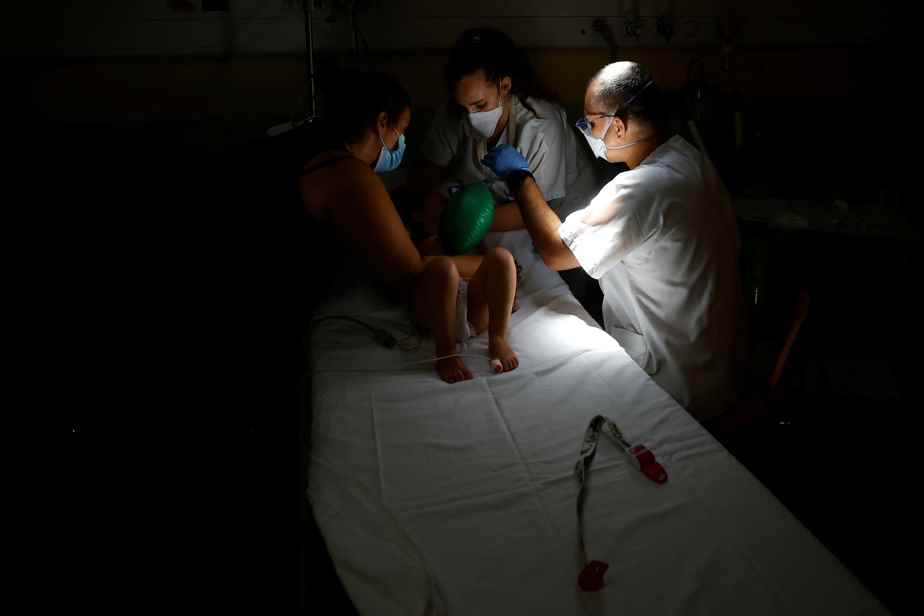Melanoma is gaining ground in the country, reveals a study from McGill University. But while more and more Canadians are contracting this form of skin cancer, fewer are dying from it. Here are six highlights from the report.
Posted at 7:07 p.m.
Falling mortality rate
For the first time since 2013, the death rate from melanoma is down in Canada, the study announces. Researchers at McGill University believe that this decline is the result of new targeted immunotherapy treatments. By comparison, the global death rate increased by 32% between 2008 and 2018.
Rising incidence rate
In Canada, the number of cases of skin cancer increases by 0.5 per 100,000 people each year. Between 1992 and 2010, the incidence rate was 12.29 per 100,000 people; it shows 20.75 between 2011 and 2017.
According to the report, climate change and the thinning of the ozone layer could explain these incidence rates which are expected to continue to increase.
People aged 60 and over, a group at risk
People 60 and older are most at risk of getting melanoma. According to the Dr Ivan Litvinov, one of the study’s researchers and assistant professor in the Department of Medicine at McGill University, the risk of contracting skin cancer is related to age. The number of sunburns caught during adolescence, twenties and thirties (cumulative exposure to ultraviolet rays) is also a factor.
Younger people are also at risk of contracting this disease, underlines the Dr Litvinov. Place of residence, personal history and heredity also come into play.
Men more affected
More men than women are affected by melanoma, in a proportion of 54% against 46%. This rate, however, excludes cases of melanoma that appear on the fingers. This type of cancer mainly affects women.
“This difference is likely due to greater exposure to UV rays in nail salons,” notes Dr.r Litvinov.
In women, skin cancer affects more of the legs and arms. In men, the neck, head and trunk of men are most affected.
“Men tend to expose themselves to the sun more and use less sunscreen than women,” explains the McGill University professor. Women tend to wear more shorts and skirts. Their longer hair, their makeup and the sunscreen they use naturally protect them more from the sun. »
Place of residence: a factor
Melanoma affects more people who live in the southern and coastal regions of the country. The highest mortality and incidence rates were recorded in Nova Scotia and Prince Edward Island. Southern Ontario, New Brunswick and southern British Columbia also have high incidence rates. These figures are linked to dangerous behaviors related to sun exposure, specifies the Dr Litvinov.
“There are more opportunities for people to sunbathe in these areas. Water sports clothing should be common practice. People use sunscreen, but probably not often enough. As a dermatologist, I tell my patients to go outside, but not to tan. »
Quebec excluded
The national study led by McGill University includes data from all provinces in Canada except Quebec. The beautiful province was excluded, since “the Quebec Cancer Registry has not published data after 2010”, underlines the study.
This delay in the publication of data has already been criticized by the Ministry of Health and Social Services. In an email sent to The Pressthe ministry maintains that “work is underway” to publish the more recent data.
“We do not have data for Quebec from 2010 to 2017, says the Dr Litvinov. But what is true for the other provinces should also be true for Quebec. »

